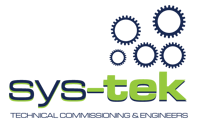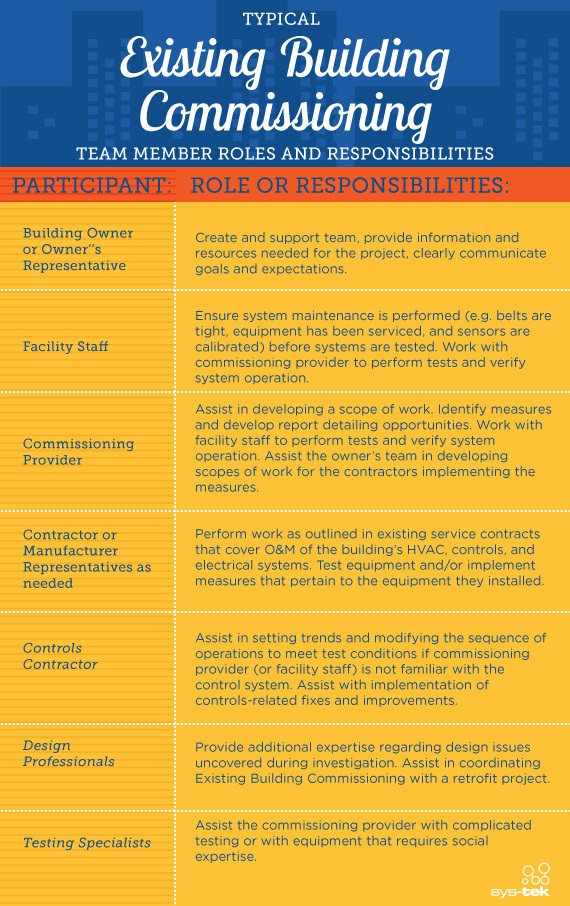When a Level 1 ASHRAE energy audit is the right choice
Oct 07, 2013
So the Board of your company is making 2014 Energy Efficiency Year, and you’re in charge of implementing the initiative at the facilities level. Sustainability hasn’t been a high priority for your organization in past years, and perhaps you know that this is one place where you expect to encounter some internal resistance. So how should you get started?
This might be the perfect opportunity to conduct a Level 1 ASHRAE energy audit. As we said a few weeks ago, ASHRAE is the American Society of Heating, Refrigerating and Air-Conditioning Engineers. ASHRAE has a series of audits that provide a systematic, and increasingly in-depth, approach to sustainability assessment, problem solving, and decision making.
Level I ASHRAE energy audits are perfect for laying the groundwork for a sustainability program. This level of audit is about finding out where things stand now. This usually entails brief conversations with your building maintenance and operations staff, an examination of your facility’s operating data and utility bills, and a tour of the buildings. The Level 1 audit is intended to help everyone “get on the same page.” It’s also a chance for auditors to identify potential energy improvements, understand the general building configurations, and define the energy systems in use.
It’s also a great chance for those who might be resisting your Board’s Energy Efficiency Year concept to understand that the goal of such an initiative is not to make life harder for everyone on the facilities staff. The conversations and walk-through of the properties will give everyone a chance to talk about how energy audits have eased the workload of maintenance employees at other facilities, since these audits look to improve efficiency on a system-wide scale.
The Level 1 audit will provide your business with a preliminary energy use analysis for each building, a short report detailing the overall findings, and a comparative analysis with similar buildings. It might include a few, very obvious recommendations for immediate improvements, or places where operational issues need to be addressed. The report can also list potential financial incentives available from Federal, State, Local, and Utility sources for work that might be done in the future. It’s a great way to help those in charge of the Energy Efficiency Year to get a sense of what they might want to address when it’s time to take next steps.
If you’re ready to get the energy efficiency ball rolling at your organization, contact us today to learn more.








